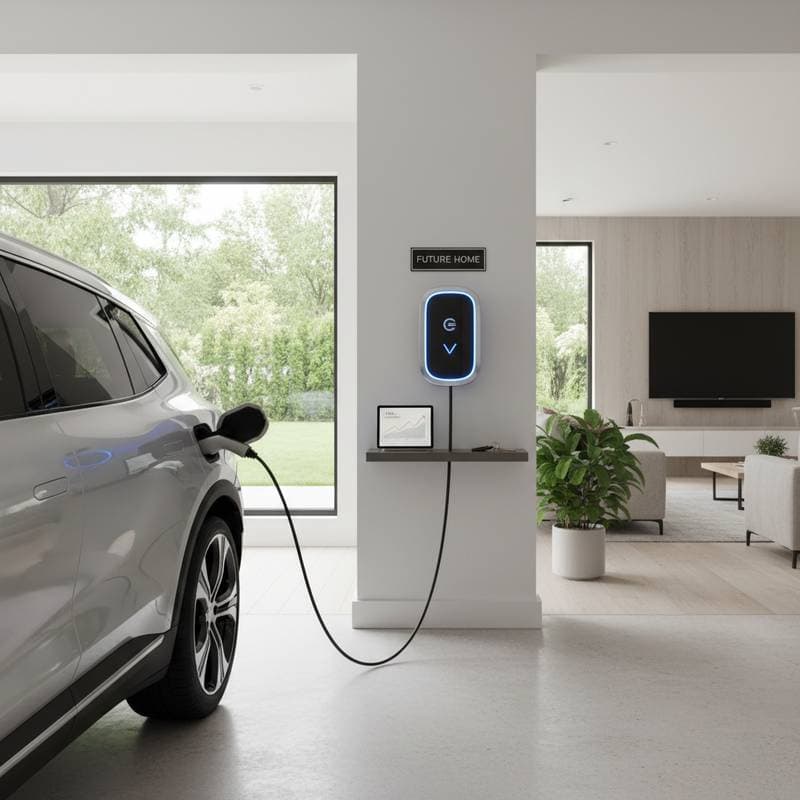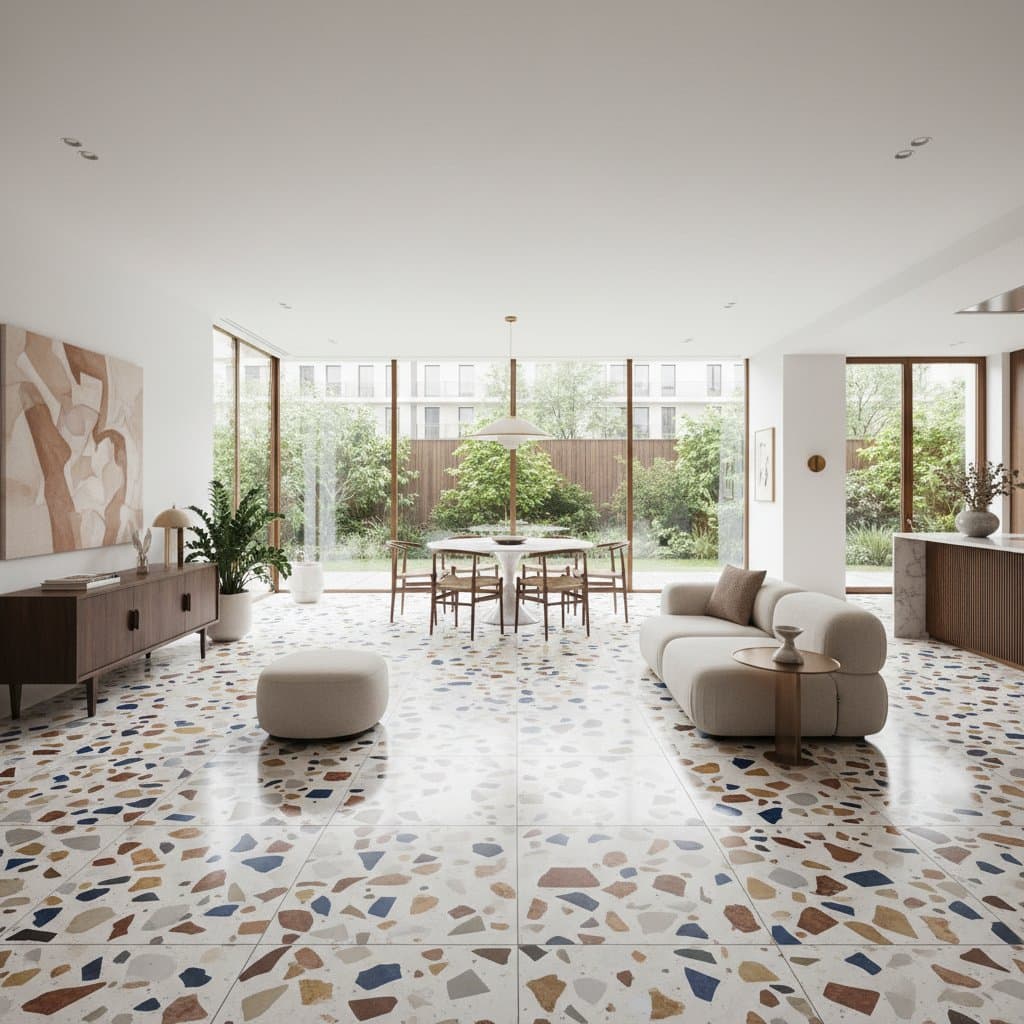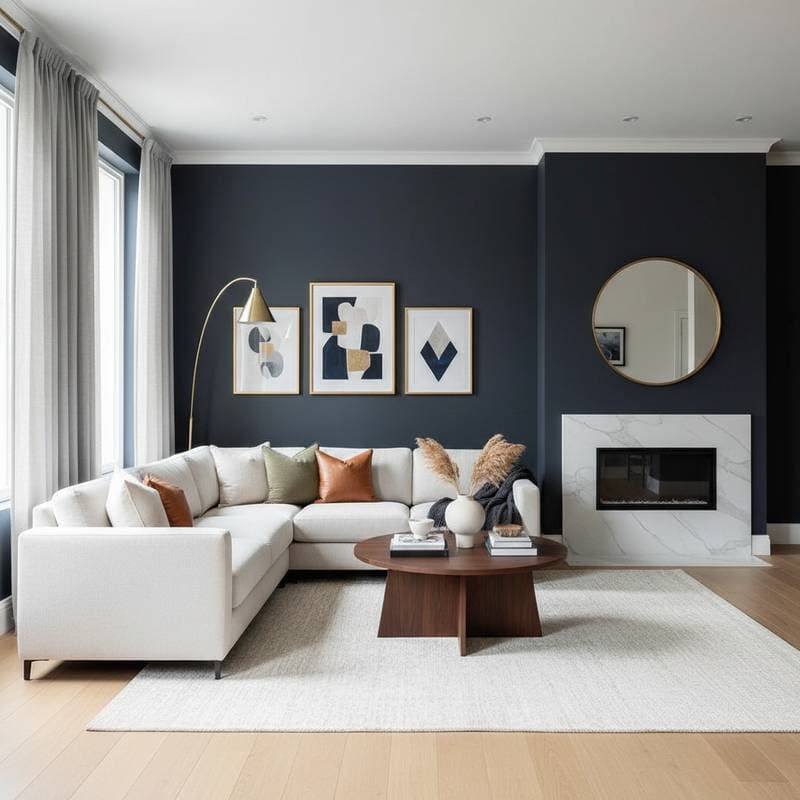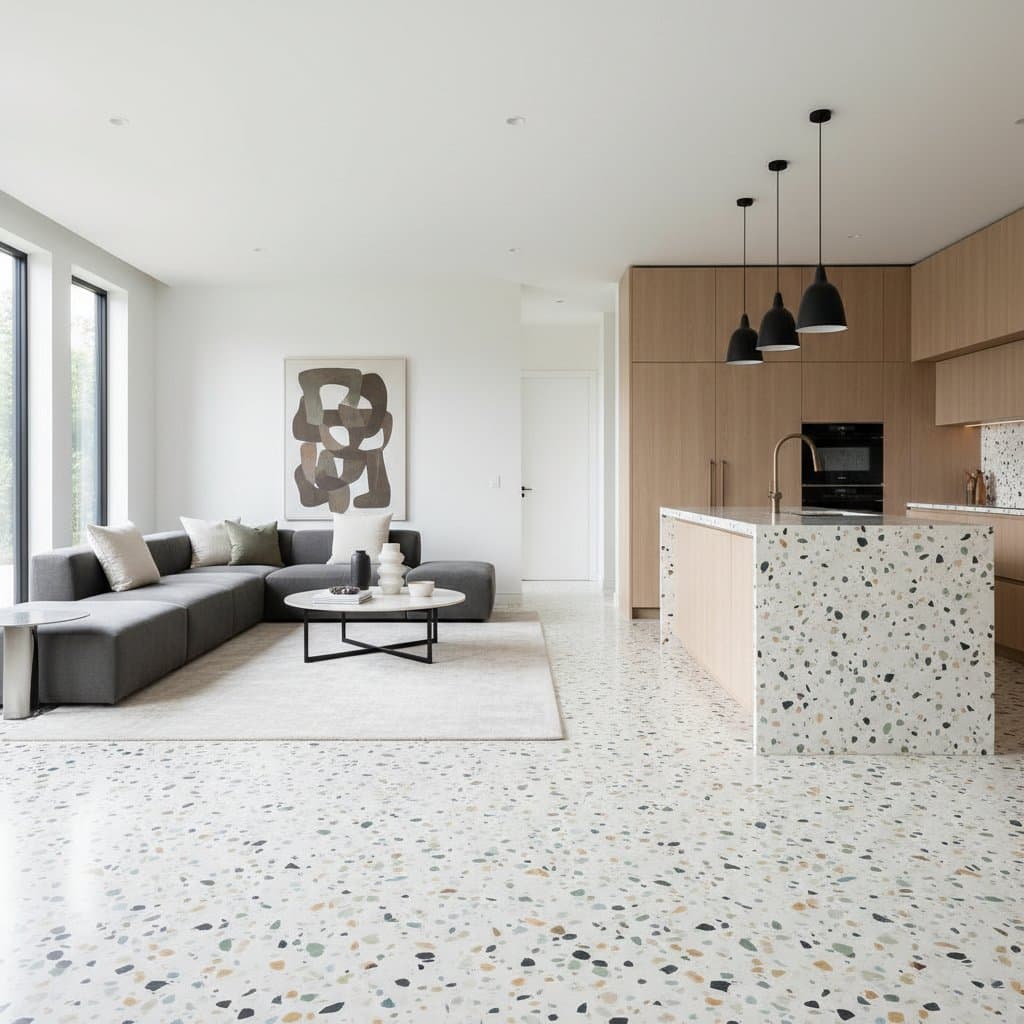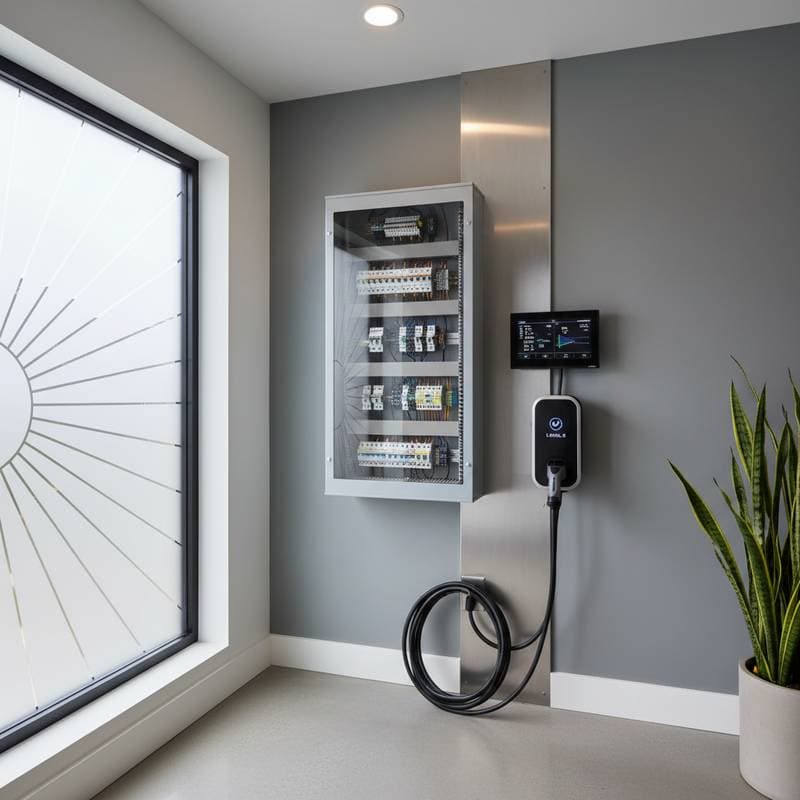Aged Brass Fixtures: Enhancing Home Value with Effortless Maintenance
Aged brass fixtures capture attention in 2025 by combining warmth, character, and enduring design elements. Homeowners replace cold chrome alternatives with aged brass to instantly elevate kitchens, bathrooms, and lighting areas. A complete room refresh typically ranges from $300 to $3,000, depending on the number of fixtures and their quality level.
This finish offers more than visual appeal. It contributes to higher property values through its sophisticated patina that develops naturally over time. Buyers associate aged brass with quality craftsmanship, which can increase resale prices by 2 to 5 percent in updated spaces, according to real estate trends.
Integrating Aged Brass into Home Design
Homeowners approach aged brass updates in stages, starting with subtle changes or committing to comprehensive overhauls. Consistency across primary elements creates a unified aesthetic that enhances overall flow.
1. Update Cabinet Hardware.
Replace knobs and pulls in kitchens, bathrooms, or built-in storage units. This change delivers immediate visual impact with minimal disruption. Select pieces that match the scale of cabinets for balanced proportions.
2. Install New Faucets and Shower Components.
Aged brass complements tile and stone surfaces effectively. The finish softens bright white areas and adds contrast to darker materials. Consider water-efficient models to align with modern sustainability standards.
3. Modify Light Fixtures.
Incorporate pendant lights, wall sconces, or chandelier frames in aged brass. These elements introduce a gentle illumination and add dimensional depth to rooms. Layer lighting types for versatile ambiance control.
4. Revise Door Hardware.
Equip handles, hinges, and locks with aged brass finishes. This approach establishes continuity throughout the home. Opt for lever-style handles in high-traffic areas for improved accessibility.
5. Incorporate Subtle Accents.
Use aged brass for picture frames, mirror surrounds, and switch plates. These details unify the design without overwhelming the space. Limit accents to 20 percent of total hardware to maintain harmony.
Beyond these core applications, aged brass suits various interior styles, from traditional to contemporary. Pair it with neutral palettes for a calming effect or bold colors for dramatic emphasis. Professional interior designers often recommend mood boards to visualize combinations before purchase.
Project Timelines
Many updates require only a weekend for completion by skilled homeowners. Timelines vary based on project scope and existing setup.
- Cabinet Hardware Replacement: 1 to 3 hours, including removal and installation.
- Faucet and Plumbing Fixture Updates: 2 to 6 hours, assuming no major pipe adjustments.
- Lighting Modifications: 2 to 8 hours, influenced by wiring complexity.
- Full Room Transformations: 1 to 3 days, particularly when professional assistance is involved.
Engage a licensed electrician for any rewiring tasks to ensure safety. Similarly, consult a plumber for installations that affect water lines. These precautions prevent delays and comply with local regulations.
Essential Tools and Materials
Assemble a basic toolkit to handle most aged brass installations efficiently.
- Screwdrivers, both Phillips and flathead types.
- Adjustable wrench for securing fittings.
- Drill with appropriate bits for mounting.
- Level to ensure straight alignments.
- Plumber's tape for sealing connections.
- Soft cloth dedicated to cleaning surfaces.
- Optional: Voltage tester for electrical safety checks.
For fresh installations, gather screws and anchors suited to wall composition, such as drywall or masonry. Verify that fixtures support the intended weight, especially for overhead lighting. Stock extra supplies to avoid mid-project interruptions.
Considerations for Regional Climates
Environmental factors influence aged brass longevity. High humidity or coastal salt exposure accelerates patina development. Residents in such areas apply a clear protective wax biannually to preserve the finish.
In arid regions, regular dusting with a soft cloth prevents dull residue accumulation. Avoid water exposure during cleaning to minimize spotting.
Local building codes may require permits for certain modifications. Plumbing fixture swaps sometimes necessitate approvals if valves or solder work is involved. Lighting changes generally proceed without permits unless new circuits are added. Contact municipal offices early to confirm requirements and streamline the process.
Maintenance Guidelines
Aged brass naturally forms a subtle patina, which enhances its appeal over years. Clean surfaces gently using mild soap and water solutions. Steer clear of abrasive cleaners or harsh chemicals that damage the protective layer.
Dry fixtures thoroughly with a soft towel after cleaning to eliminate water marks. For those seeking a shinier appearance, apply a brass-specific polish sparingly. Test products on inconspicuous areas first to assess effects. Many prefer the organic aging process, as it imparts distinctive character to each piece.
Routine care extends fixture life beyond a decade. Inspect for loose fittings quarterly and tighten as needed. This proactive approach maintains both functionality and visual integrity.
Engaging Professional Services
Certain tasks demand expert intervention for optimal results and safety.
Hire a licensed plumber for faucet installations that involve valve replacements or soldered connections. These professionals handle pressure testing to prevent leaks.
Consult an electrician for projects including dimmer switches, ceiling mounts, or recessed lighting. Their expertise ensures compliance with electrical codes.
If preparing for a home sale, enlist a designer or stager to curate hardware selections. They identify complementary tones that enhance spatial cohesion and appeal to potential buyers.
Frequently Asked Questions
What defines aged brass?
Aged brass refers to a warm metal finish featuring a brushed or antique appearance. This treatment conceals fingerprints effectively and harmonizes with diverse design themes.
Does aged brass develop rust or significant tarnish?
Aged brass resists rust formation. It may darken gradually, a change that contributes to its aesthetic evolution.
Is mixing aged brass with chrome or black finishes advisable?
Mixing works well when aged brass serves as the primary finish. Introduce other metals as limited accents to preserve balance.
How does the cost of aged brass compare to chrome?
Aged brass fixtures command a premium, typically 10 to 30 percent higher than chrome equivalents. This investment reflects superior durability and style.
What benefits does aged brass offer for resale?
Buyers perceive aged brass as a premium upgrade, often leading to faster sales and higher offers. It signals thoughtful renovations that transcend trends.
Planning Your Aged Brass Transformation
Begin your project by assessing current fixtures and desired outcomes. Create a budget that allocates funds for quality pieces from reputable suppliers. Source materials from specialty hardware stores or online retailers specializing in finishes.
Document progress with before-and-after photos to track improvements. Share insights in home design communities for feedback. This aged brass integration not only refreshes your space but also positions your home favorably in competitive markets. Embrace the process to enjoy lasting elegance and value appreciation.


